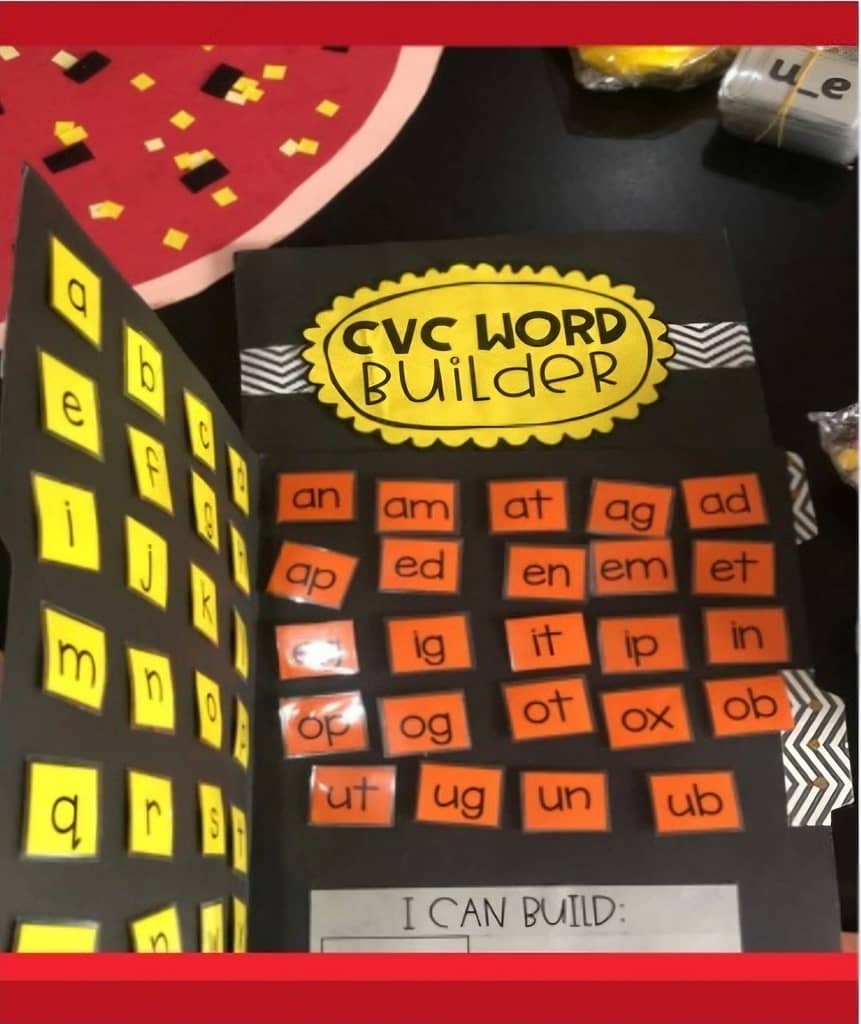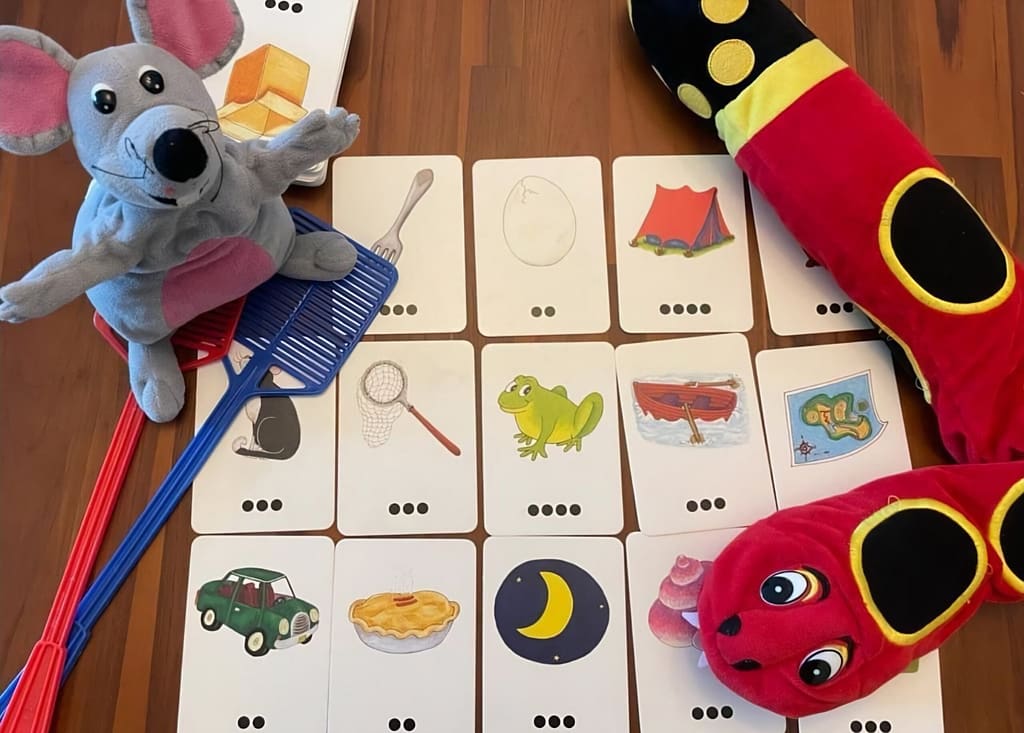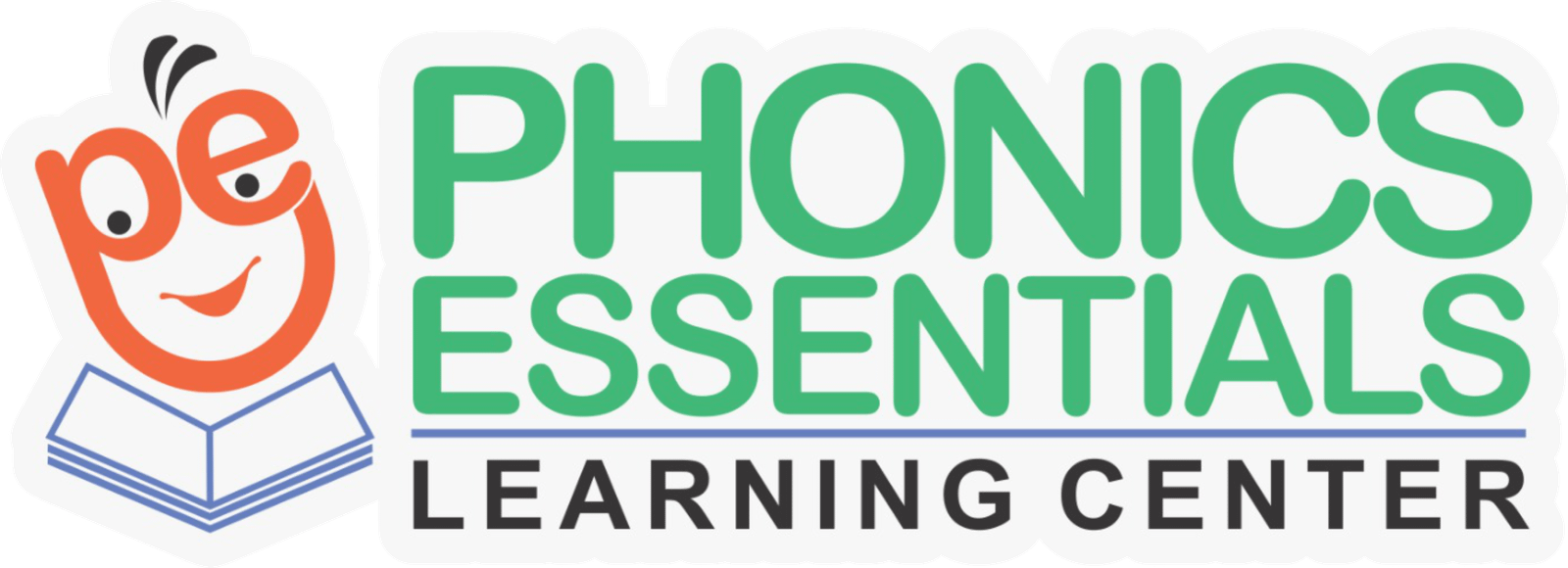
It was a beautiful Sunday morning & I received a call from an unknown number.
Ms. K: Hello
Parent: I am Cathy. I have a 6-year-old girl.
Ms. K: How can I help you?
Parent (sounding disturbed): My child will soon be going to Primary 1 & she cannot read. She knows all the sounds but when you ask her to read simple words, she is unable to do that.
Ms. K: Oh!
Parent: I met one of your ex-students, who was 5 years old, she could read fluently. Not only that but she also had excellent pronunciation & a confident reader. She asked curiously, “Why my child cannot read?”
I have seen many parents come to me with this concern. ‘Phonics’ is the term often misunderstood about knowing all the sounds of the English language. In fact, the most important part of teaching Phonics is not only the sounds but also the skills of Blending & Segmenting. When we say skill, it’s exactly like swimming & driving. We need to get proper training to master it, once it’s learnt then we will never forget it as it becomes automatic.
This article is all about Blending. What are the best ways to teach Blending & how to make children confident readers?
First of all, we need to understand what is Blending?
Blending is the process of saying the individual sounds in a word and then running them fast so that it makes a word. Blending is the key skill in reading. To read fluently, the children need to learn to blend these sounds smoothly together into words without choppy pauses between the sounds. For young children, most of the words are unfamiliar. They need to blend to decode the word & understand its meaning.
For example, a child wants to read the word ‘sat’. First, he needs to individually say the sounds, /s/, /a/, /t/ and then run them fast so that it makes a word ‘sat’. Blending is a very crucial skill & requires a lot of practice.
How should we start Blending?
1) It is important to introduce phonemic awareness skills to children. Start with identifying beginning sounds, end sounds & middle sounds. For example, after learning the first few sounds like /s/, /a/, /t/, /i/, /p/, /n/, ask them to find out objects in their environment beginning with the above sounds, or ending with these sounds. For e.g., socks, apple, top, ink, pen, net etc
2) Also, do a lot of Auditory blending with them. It means asking the students to hear the sounds in a word & encourage them to blend orally without showing them the print.
Example of Auditory Blending Activity
Objective: Beginner readers will be able to hear, blend and identify a word that is stretched out into its component sounds.
Materials needed: Picture cards of objects that students are likely to recognize such as cat, frog, bell, tree, light, pie, dog etc

Activity: Select some picture cards of which students are likely to recognize (net, cat, tent, map, frog, pie, shell, car, moon, boat, fork). Now, asking the child to find out the pic of /n/, /e/, /t/ t/instead of saying ‘net’. If the child can get or point at the right pic, it means the child can do Auditory Blending. This is one of the most important skills for teaching Blending to young children & this will help them to understand that everything around them is made up of a sequence of sounds. In fact, their own name begins with a sound. Once the children can blend at an oral level, the blending of words in print becomes much easier.

3) The Blending of words in print requires proper curation. For e.g., if your child has learnt the first six sounds of Jolly Phonics i.e., /s/, /a/, /t/, /i/, /p/, /n/. We need to practise words which are made of these sounds only for e.g., sat, at, sit, pit, in, pin, tin, pat, nip etc. Most of the time if your child is refusing to read, it mostly means the word is not curated.
4) When we teach blending, start with two letter words with Vowel- Consonant or Consonant -Vowel, like ‘at’, ‘sa’ and then take them to CVC words like ‘’cat’ or ‘sat’. What I have observed is that young children have smaller working memory capacities than adults. Some children face special challenges. Hence, starting Blending with two sound words initially & later taking them to 3-4 sound words really help to get Blending of longer words easily & systematically.
5) The best way for teaching Blending is by using VAKT (Visual, Auditory, Kinaesthetic & Tactile) Learning style in your lesson plan. Brain research shows that two ideas practised at the same time can permanently bond the ideas together. Let the child be involved in hands-on activities.
Example of Formal blending (print):
Activity Name: Drive & Blend
Objective: Children are able to blend and read a word by saying the individual sounds in a word, run them fast so that it makes a word.
Material Needed: Please refer to the pic for the setup of the activity, mat, white board, picture flash cards, toy car.

Activity: Keep the flash cards of sounds of the words you want your student to read & a toy car. Ask your student to take the car & drive on the mat where you have kept your flash cards. Ask them to drive the car & simultaneously say the individual sound in the word. Later, ask them to pick up the speed. Drive fast & quickly say the sounds till the time the child starts reading the word correctly.
Blending is the core essential skill needed in fluent reading. Regular practice of this Phonics-Blending strategy will help students read with better fluency.
Happy Reading!
Khushbu Porwal – Accredited Jolly Learning, UK Trainer – Singapore & Malaysia
Founder
Phonics Essentials
